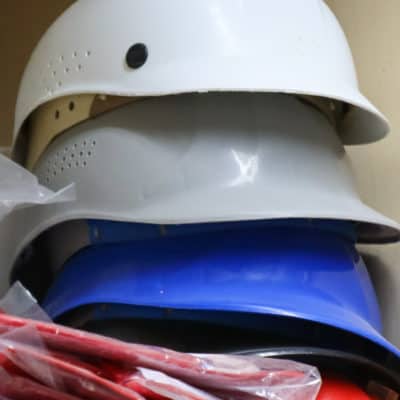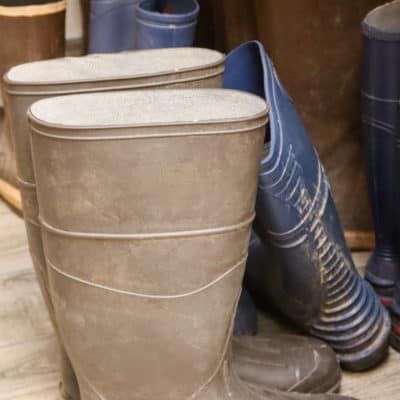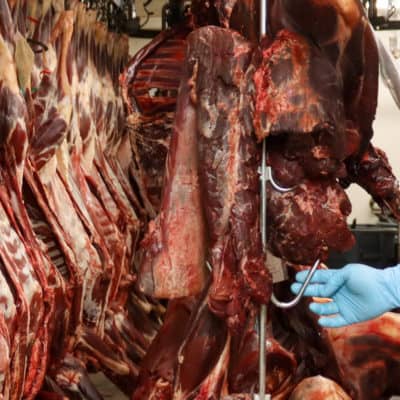


Personal protective equipment- Meat Processing safety talk
Wearing the proper personal protective equipment (PPE) in meat processing helps minimize exposure to physical, environmental, chemical and biological hazards. To ensure you are using the proper equipment, start by assessing the work you will be performing and what potential hazards exist. Examples of meat processing workplace hazards include moving objects, electric connections, high noise levels, meat bacteria and other airborne disease as well as the presence of chemicals. The next step is selecting and wearing the appropriate PPE based on the risks identified with the job and the environment in which it is performed. PPE only works when it is right for the job and the environment.
Types of PPE include:
Clothing and footwear: The importance of choosing the proper protective clothing is often overlooked and its benefits cannot be underestimated. This form of PPE covers the largest portion of your body and can help protect you from a variety of workplace hazards. For meat processing, long sleeves and pants should be worn as well as close toed shoes or rubber boots and protective gloves. If working in cold temperatures thermal and other cold protective clothing should be worn. Footwear should be slip resistant given the slippery and wet surfaces that may be present. They should also be close toe and heel.
Hand protection: Gloves are an inexpensive and simple way to guard against many hazards, from chemicals to cuts and punctures. Hand protection comes in an assortment of styles, materials and sizes that can even be customized for a specific industry or hazard. protective rubber gloves as well. Fit is also an important consideration because if gloves are too large, they can impair the dexterity of your hands or cause you to lose your grip, potentially causing an accident. Gloves should be cut resistant in areas where meat is being sectioned and all employees should have on outer protective rubber gloves as well.
Head, Eye and face protection: Using proper head, eye and face protection can help prevent injury and even blindness. Bump caps should be worn when there is a risk of something overhead striking or falling on someone. Safety glasses, goggles or shields protect the eyes and face from chemical or bodily fluid splashes, flying fragments, dust, sand, dirt and other environmental hazards.
